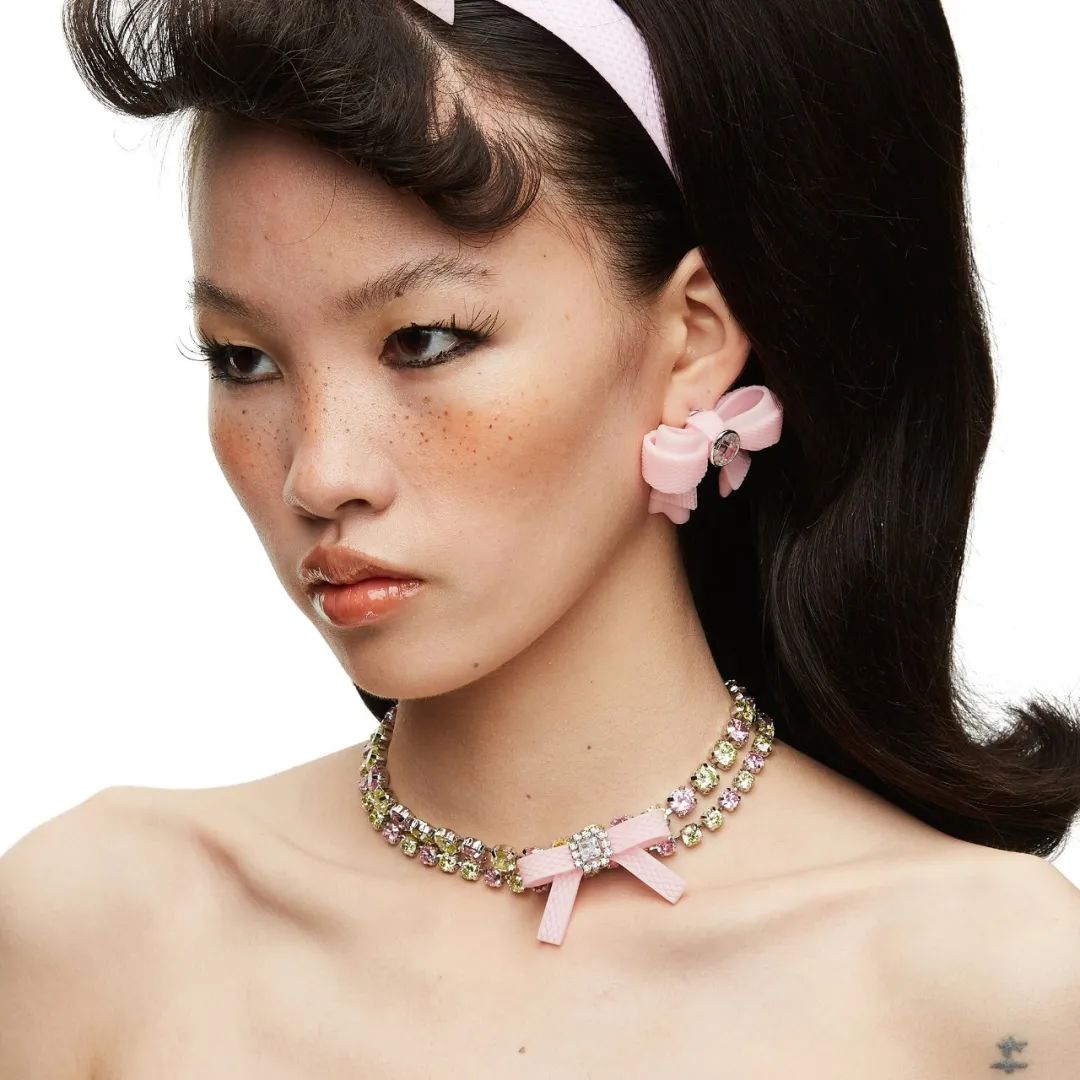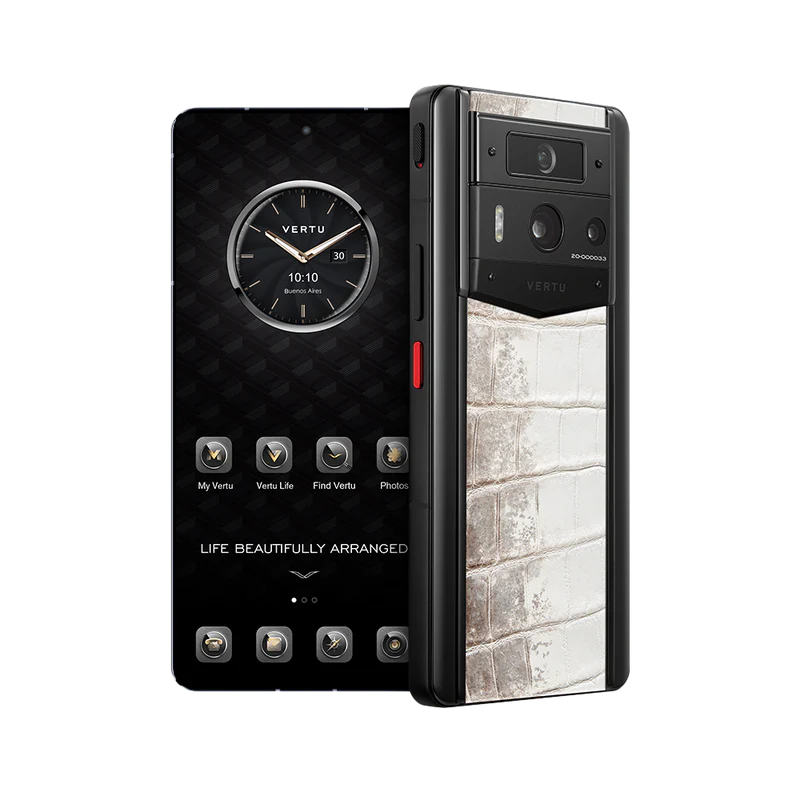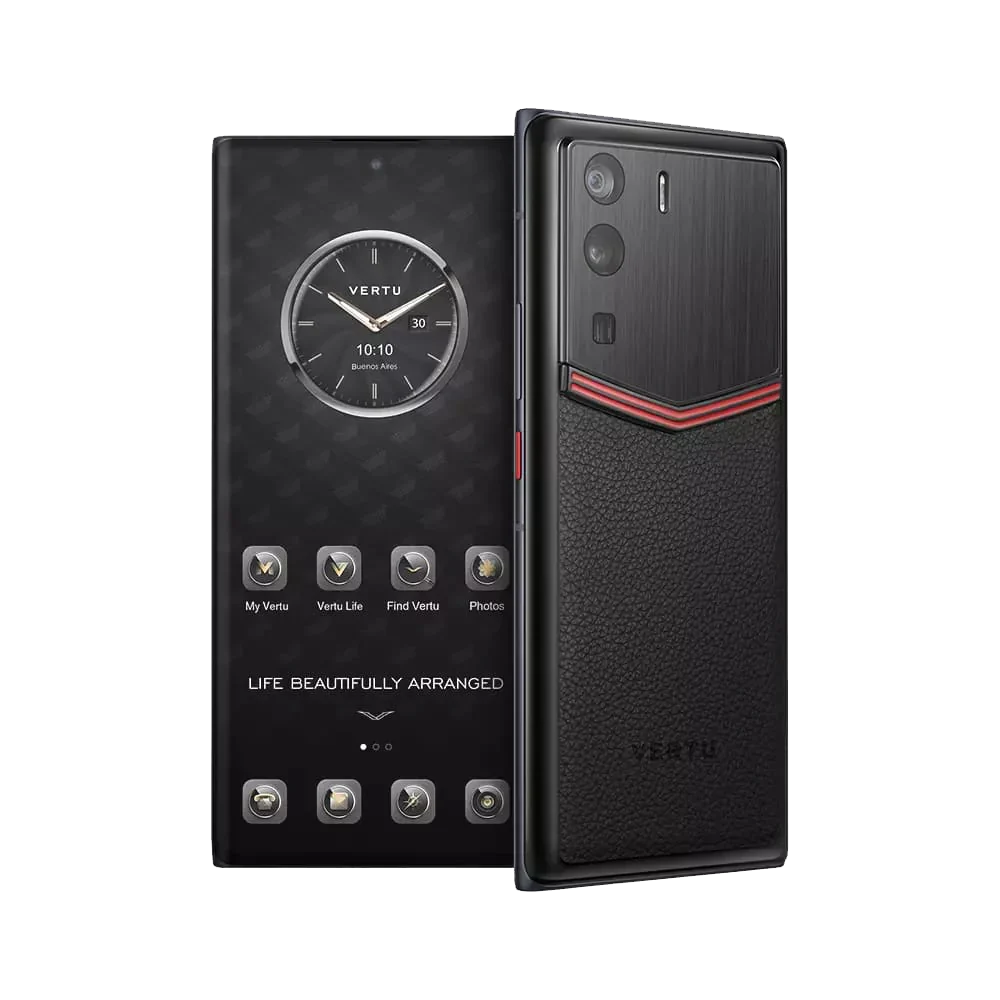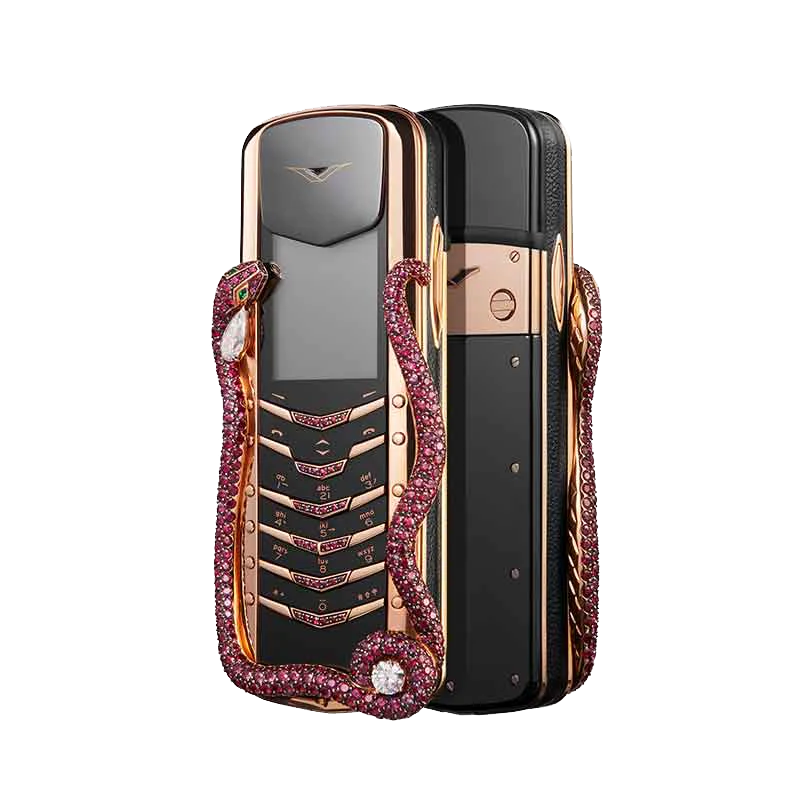Although a large number of young creative talents have emerged in the local fashion industry in recent years, most of them tend to choose clothing categories with a broader consumer base and can make great achievements when creating brands. Few people choose fashion accessories and hat decorations, which are more like the areas that supplement the wardrobe of the target group. Of course, due to the restrictions of access barriers such as technology and capital, these market segments have been controlled by international brands or large groups in the past ten years, and there are very few Chinese designers who can make a name here.
However, this dilemma seems to be changing as Chinese consumers continue to mature and become increasingly picky about design requirements. In 2018, Danish jewelry brand Pandora announced price cuts in China, but the follow-up did not bring more revenue growth. Although APM Monaco, a rising star, has replaced its top position in the price of 1000 yuan accessories by relying on marketing and strong supply chain advantages, domestic consumers are tired of the patterned design and are increasingly “timid” to the halo of international brands. It is difficult for these former industry darlings to rely solely on stars and advertising blockbusters to persuade the public to pay the bill.

Photo by: Pandora, APM Monaco
Returning to the product itself, young consumers are generally individual but rational. They are willing to pay for the “real money” of high-end jewelry brands, but they are unwilling to easily buy thousands of yuan accessories with similar styles or boring designs. Therefore, for new brands that want to make efforts in this field, the most important thing is to “understand” the changes in consumer demand.
In addition, Generation Z likes to use unique designs to express personality and enrich social assets. Their demand for accessories is also becoming more and more diversified, including hat ornaments, scarf, waist chain and even hole shoes decorative buttons, which has become a new opportunity for brands to explore.

Image Source: Portrait Report
According to the report released by AI media consulting last year, the scale of China’s fashion accessories market is more than 0.2 billion yuan, with an annual growth rate of more than 20%. Jewelry has become a necessary fashion for young people, but the annual re purchase rate is only 1/3 of that of European and American markets, and there is still a lot of room for improvement in the market. So, in the face of broad vision and aesthetic critical local consumers, can Chinese designers really do a good job in this business? What are the challenges and difficulties waiting for them?
#> how local designers enter the accessories market from HEFANG’s Jewelry road to fame
Before Chinese designers had a broader influence, Sun Hefang’s jewelry brand HEFANG Jewelry had successfully gone out to sea, and it took less than 4 years to reach long-term cooperation with more than 40 buyers around the world. HEFANG Jewelry was founded in 2012. Sun Hefang said that the rapid development of the brand benefited from the changes in the market-around 2010, local consumers began to chase independent brands, and buyer stores sprouted rapidly in first-tier cities.
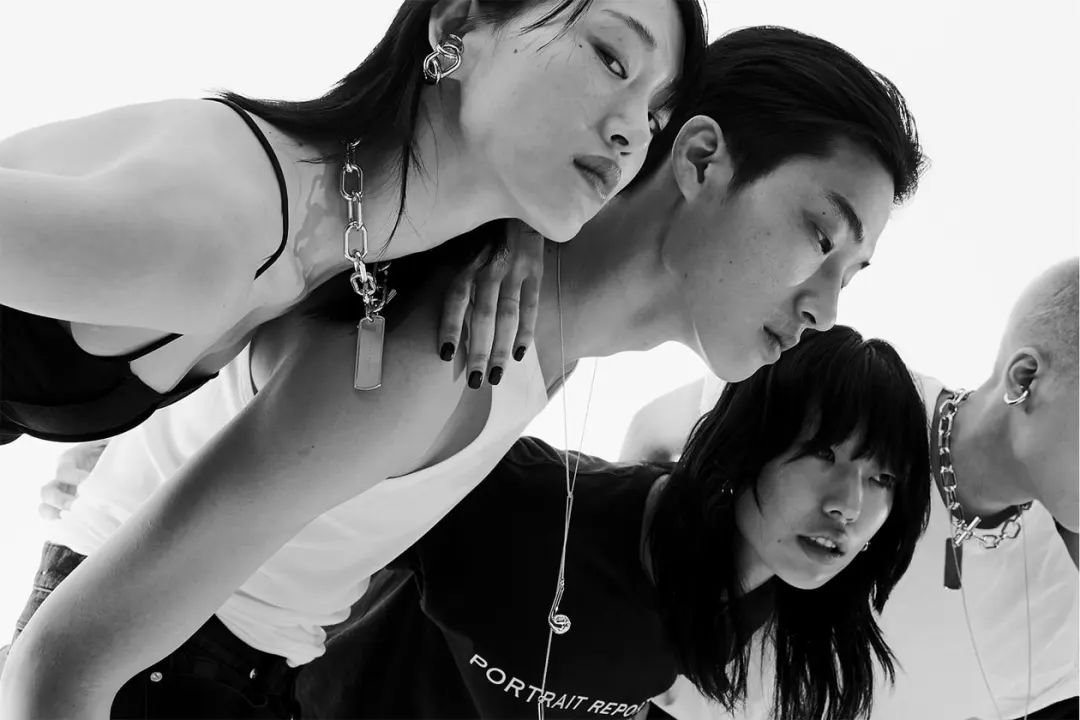
Photo by HEFANG Jewelry
However, in the subsequent development, Sun Hefang realized the limitations of the buyer’s store, that is, the buyers only purchased the styles they thought were good, and the brand could not get the real feedback from consumers, which became the bottleneck of development at that time.
Therefore, by 2016, the channel layout of HEFANG Jewelry will begin to transition from buyer’s store to e-commerce sales. Through the sales mode directly facing consumers across the country, it will flexibly adjust the product structure, price range and other subdivision dimensions, and timely understand the real preferences and feedback of consumers, so as to better adjust the strategy and iterate on the design style. At present, the brand’s Tmall single-store monthly sales have exceeded 10 million, and it has settled in more than 50 core business districts in first-tier cities such as Beijing, Shanghai, Shenzhen and Guangzhou.
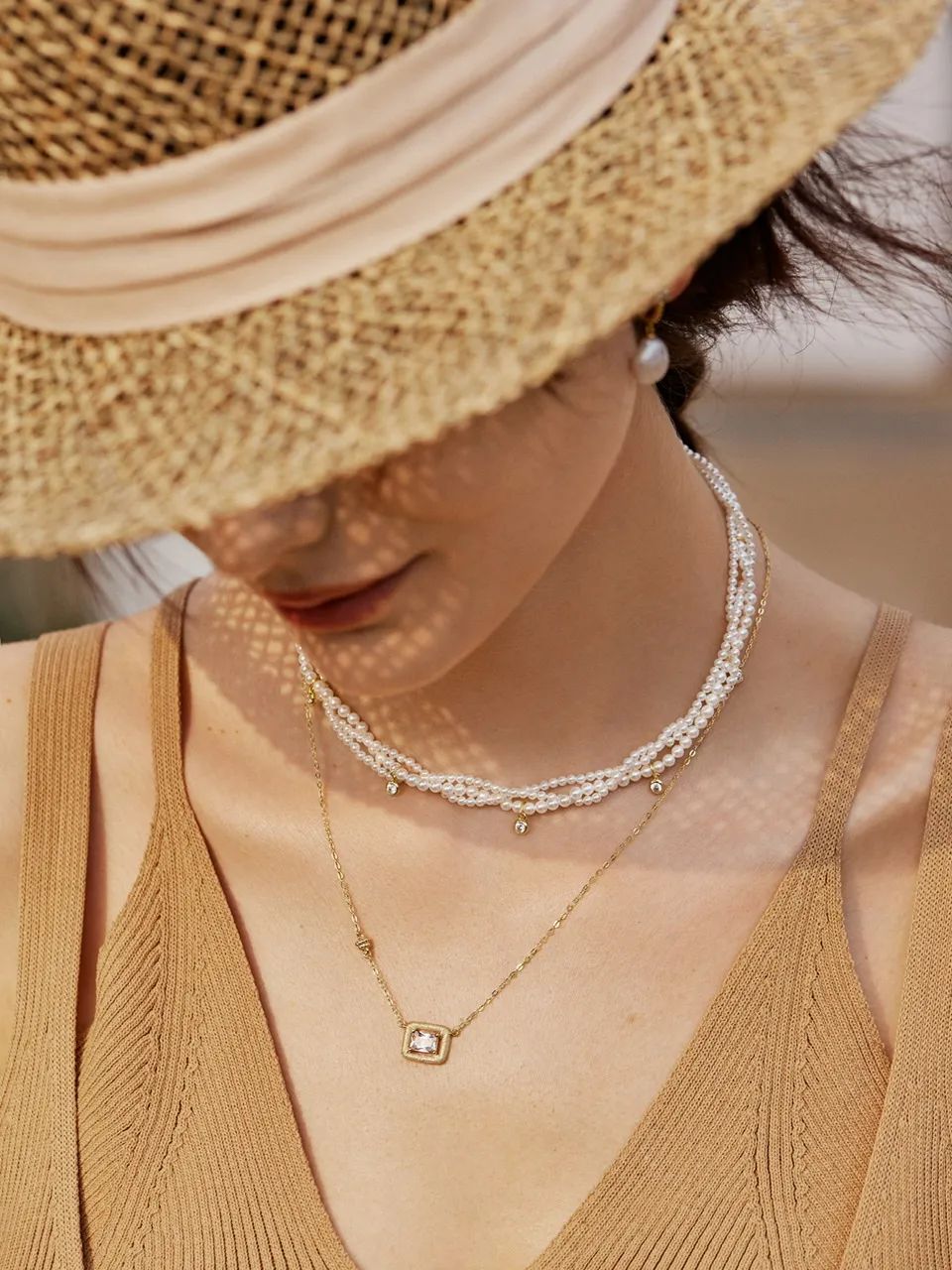
Photo by HEFANG Jewelry
In addition to stepping on the era, the early establishment of its own supply chain and professional management is also the key to the success of HEFANG Jewelry. Sun Hefang found a factory that could provide exclusive production lines at the beginning of the brand’s establishment, which greatly reduced production costs. In the case of explosive models, its product production cycle can be shortened to half of the usual, and it is on this basis that HEFANG Jewelry is upgraded from quarterly to monthly to follow up on festivals and hot trends in a timely manner. At the same time, the brand also added a relatively cheap entry-level product line for new recruits, which still maintained double-digit revenue growth during the outbreak.
In the brand’s more than 10 years of development, it has also launched many joint collaborations in line with the trend, such as the Fifty Shades of Love series and the Fruit Free series inspired by the movie Fifty Shades of Grey, and the joint series with Barbie and Tang Gong Wenchuang.
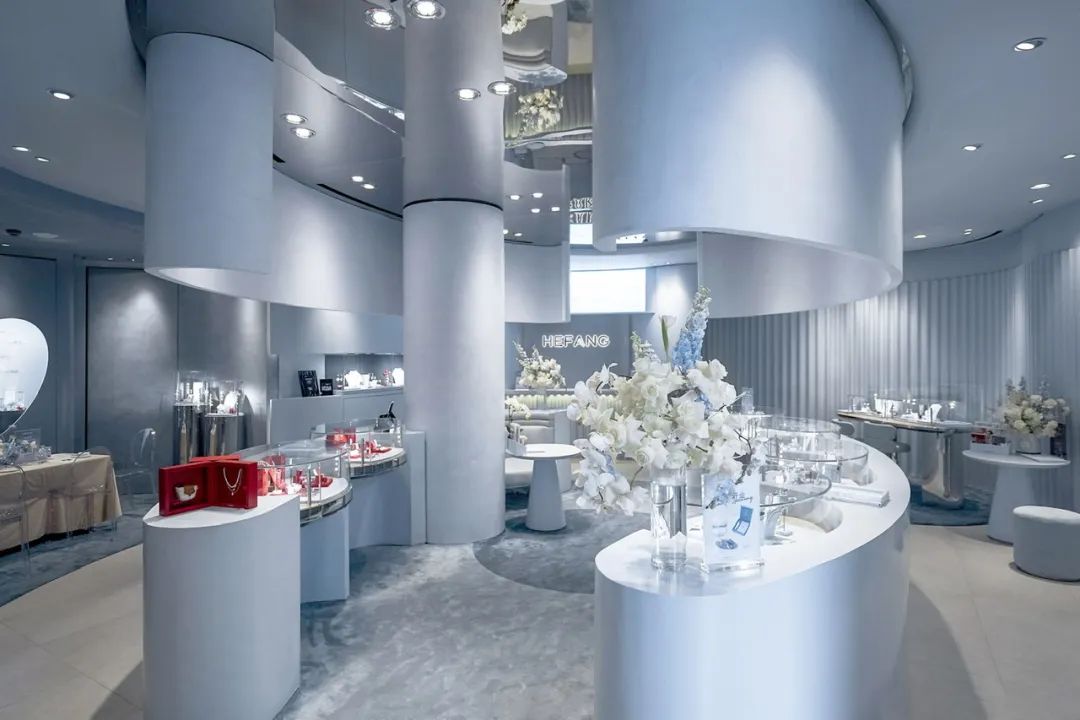
Photo by HEFANG Jewelry
In addition, HEFANG has a unified visual design Jewelry all online official channels and emphasizes the brand image through a straightforward backstory. Under the line, a targeted retail system was established earlier through the intelligent retail system, and different styles of store design were tried after the volume was expanded to follow up the aesthetic change of the core consumer group.
# Where is the core competitiveness of local designer brands in the accessories market?
From Canada Goose to Victoria’s Secret, collaborations between overseas fashion brands and local designers have become more frequent in recent years. Many unresponsive holiday marketing cases have made them understand that only those who grow up in this land can truly understand the needs of local consumers.
These young designers with broad vision can not only accurately interpret Chinese culture, but also refresh traditional elements in the trend of the times. For example, Soft Mountains, Olio E Aceto, L’elemento and other brands have different explorations of the new Chinese style. Especially compared with large enterprises with complex organizational structure, flat management can make local designers keenly capture the emergence of new consumer demand and grasp the changes of consumers’ preferences in time.

Source: HEFANG Jewelry, soft mountains, Olio E Aceto, L’elemento
According to Geng Yi, the founder of the drama accessories brand MidnightOperaHouse, mature commercial brands have more advantages in the supply chain and sales channels, but their larger size also determines that they must comply with the aesthetic needs of the public. This is bound to limit the space for product design and marketing, thus leaving a certain market for more niche brands to explore. Following the trend, with the suppression of head brands and the extrusion of counterfeit products, it is difficult for local designers to achieve long-term development.
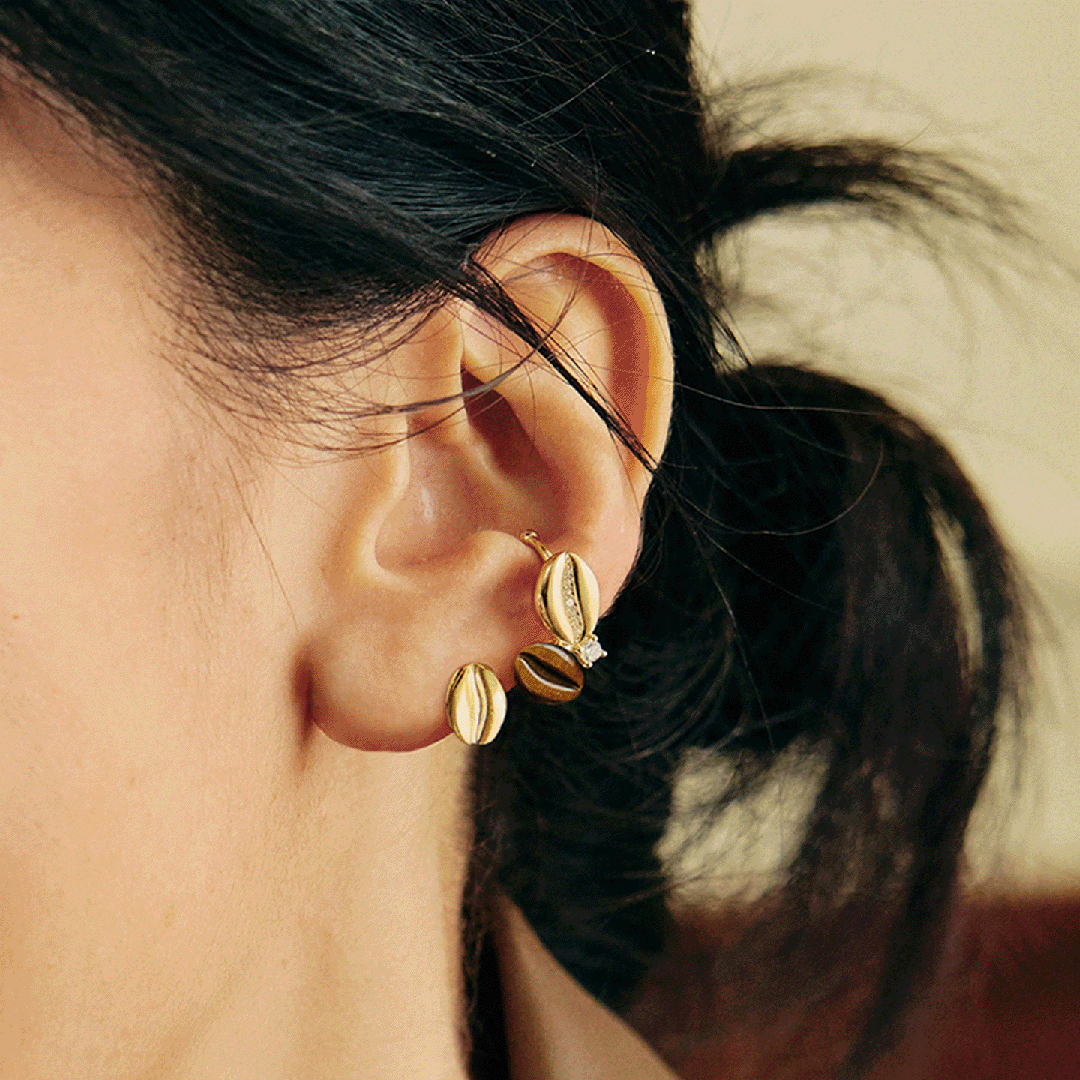
Image source: MidnightOperaHouse
Kumi ding is one of the few designers in China who focuses on high-end bowler hats. Her original intention of starting a business is that she can’t find a hat she likes. In the second year of the establishment of the brand of the same name, she won the favor of many fashion media and first-line celebrities. With the deepening of the exploration, she gradually realized that the general lack of craftsmanship in domestic hat decoration factories could not meet the growing consumer demand of the middle class.
Kumi ding believes that it is the widespread existence of OEM products on the market that makes original design particularly important in this era of aesthetic simplification. She said that many celebrities and styling studios now have a great demand for uniquely designed products, and more consumers are willing to step out of the clothing comfort zone, which has helped the development of the brand.
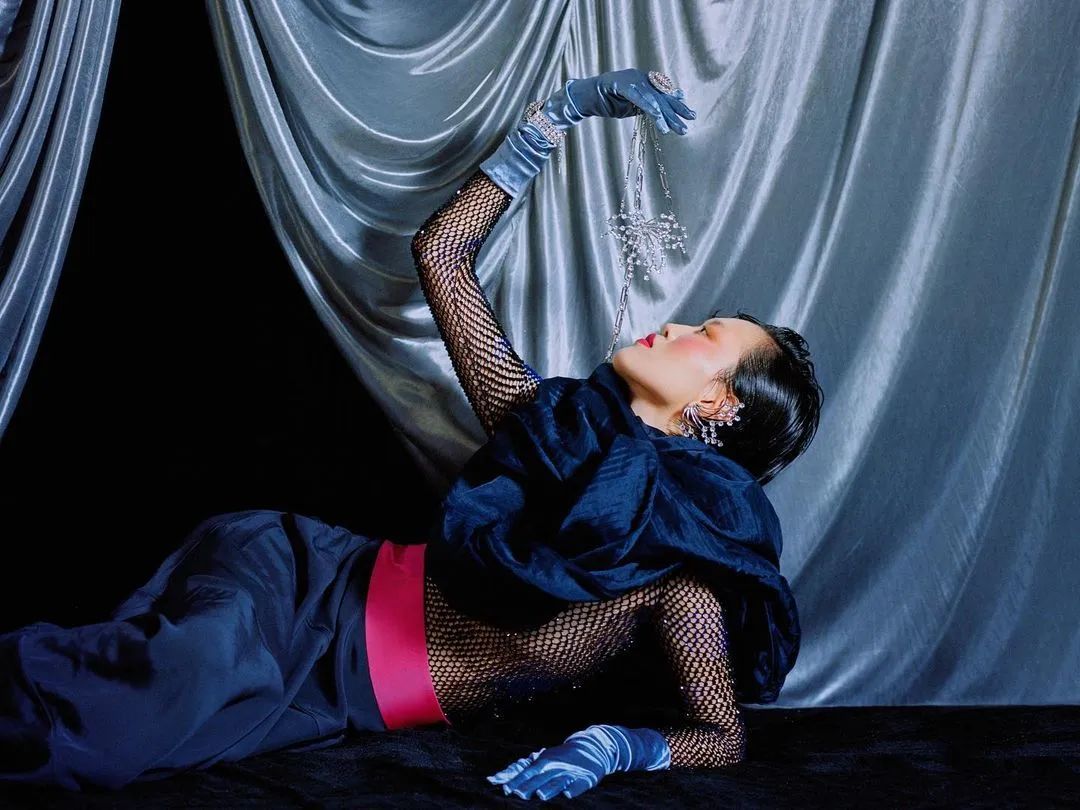
Photo by Kumi DING
At the same time, many local designers began to expand the wearing scene and function of accessories. Two years ago, Yvmin released a custom-built leg that makes the body part of the decoration. Eyewear brand Percy Lau (now out of the market) and accessories brand monSecret entered NFT during the outbreak, launching a range of facial accessories that transcend physical limitations.
Two months ago, OF HUNGER launched the world’s first open accessory headset, making electronic wearables more fashionable. At present, Chinese designers are no longer confined to the expression of oriental culture. They have created emotional but rigorous business models with cutting-edge science and technology and materials, giving consumers, buyers and investors a more multi-dimensional perspective to examine this new but rapidly developing business.
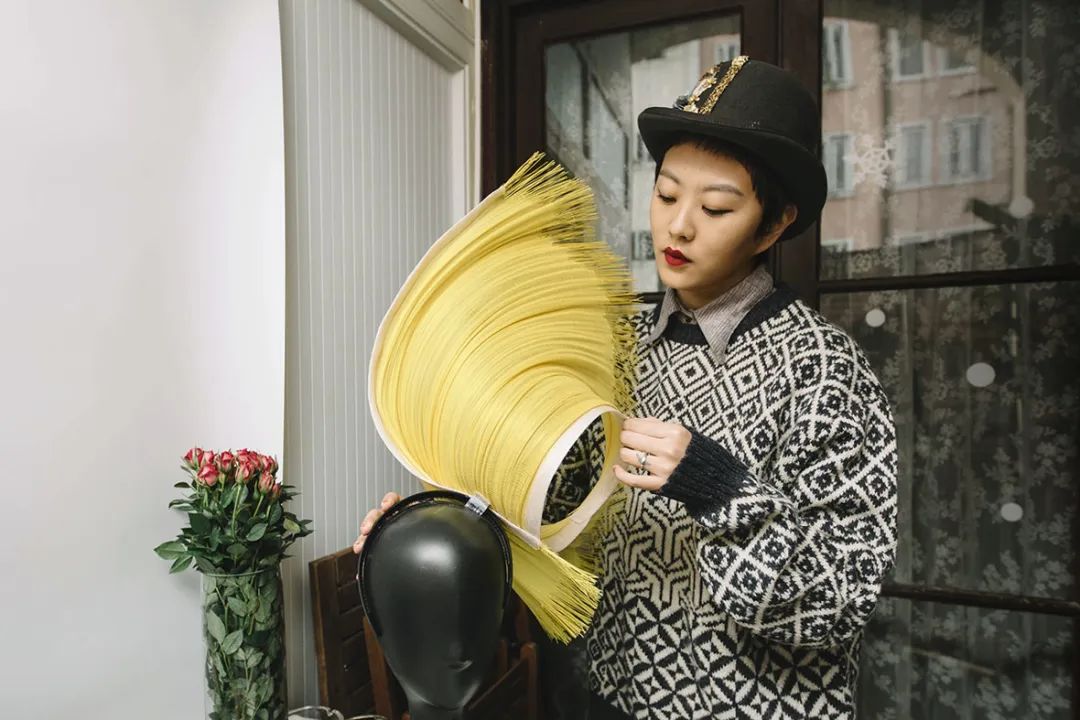
Credit: IG @ xiaoyangbure, Percy Lau, monSecret, OF HUNGER
Problems and challenges remain
For brands that focus on technology and design, it is more important to find the target customer base and continue to cultivate. Many designers said in an interview with VOGUE Business that they will not actively seek expansion, whether it is to expand sales channels or product matrix, they do not want to make quick money and destroy the brand value.
As for brands with small categories and limited production, how to find a business model that can be stable and profitable for a long time is more important. Despite Kumi’s long fame, three years of the epidemic almost forced her out of business, and she ended up sustaining the brand by teaching advanced craftsmanship courses.
When a brand reaches the stage of seeking expansion, online channels are often the first choice for emerging designers. In the past three years, Douyin and Little Red Riding Book, represented by “interest e-commerce”, have transformed from a content platform to an online retail business. Individual bloggers and small brands have taken the ride of “selling goods online”, but this has also caused more entrepreneurs to fall into the dilemma of being counterfeited and plagiarized.
Wang Tianhao, founder of TysGrocery, a niche accessories brand, revealed that sales of a card suddenly plummeted after selling for more than two months, and then he saw imitations selling for less than 1/10 on the Internet, which sold several times as much as genuine goods. Wang Tianhao said frankly that it is difficult to defend his rights. He can only choose more complicated processes and materials with higher mold opening costs, such as printing on resin, which can avoid the imitation of fake goods to the greatest extent. However, Wang Tianhao does not reject online channels, because he found that these are two completely different worlds from offline, and the consumer base is also completely different, which needs to be carefully explored.

Image source: TysGrocery
Xie Jing, head of a large accessories foundry in Yiwu, said that online sales channels are becoming more and more hidden, which makes it more difficult to protect rights. A factory can produce dozens of fake products in a week. They don’t care about the delicacy of the products, because the public is still more willing to pay for the low price, which can not be changed by external forces.
Another problem with online expansion is that the sales of fashion accessories are extremely dependent on real experience. Although platforms such as Taowu, Taobao and Meitu Xiu Xiu have already developed virtual experience services, the feedback from users is generally unsatisfactory, and the screen is difficult to restore the true texture and touch of metals and gems. This is also because at present, the size of local designer brands is generally small, which makes it difficult to support their entry into offline, and they are more passive when cooperating with third-party retail channels. More offline sales of small brands still occur in bazaars, pop-up shops and community shops.
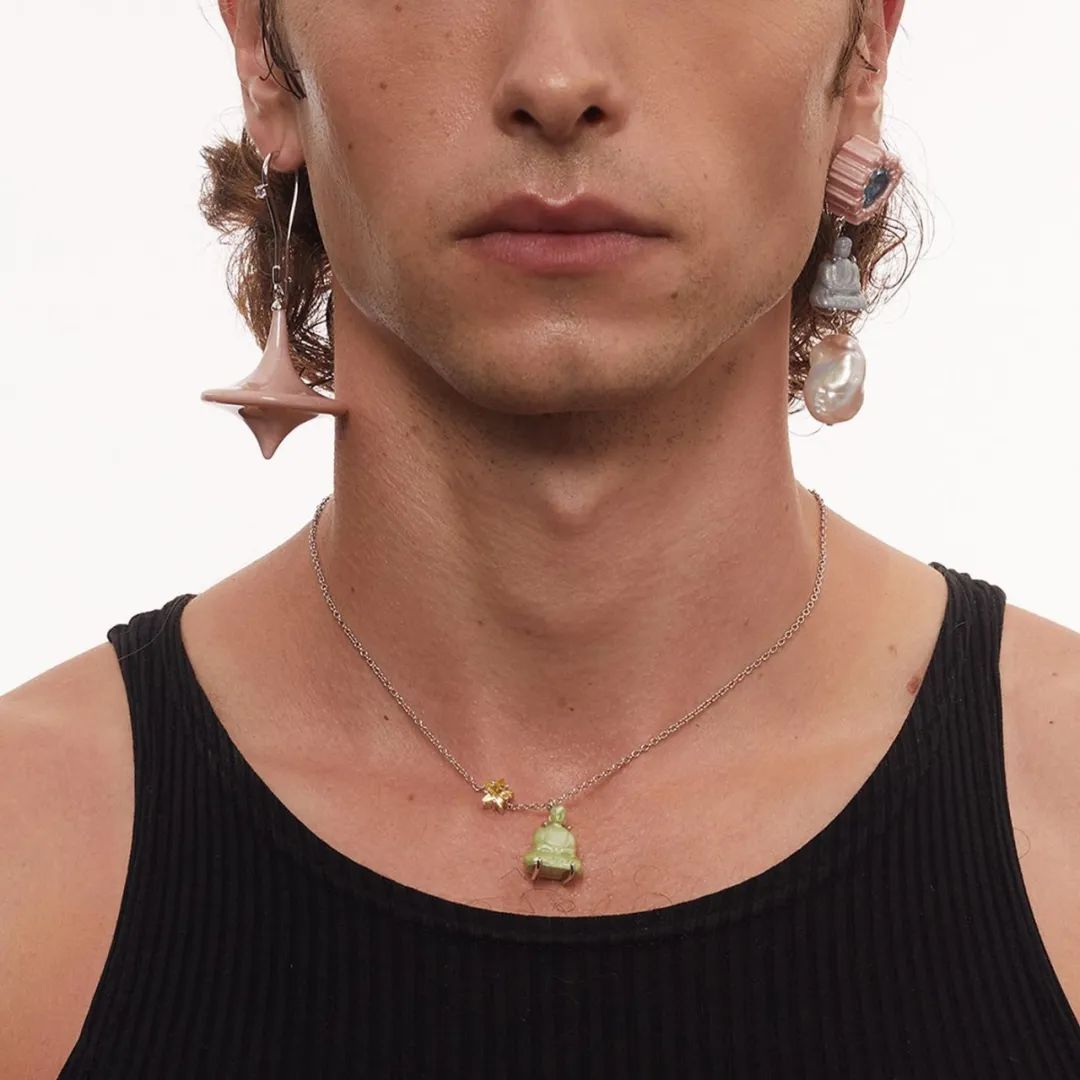
Image source: TysGrocery
But equally, finding the right advocacy strategy in the digital world is not so simple. Due to the “madness” of grass marketing and unreal celebrity traffic, the sales growth of brands such as APM monaco, Monica Vinader and Lola Rose in China has gradually slowed down. Many designers say that celebrity collaborations did significantly boost sales in the past, but now it’s more like losing money. Right now, they prefer KOC. Because the content and traffic are relatively real, the conversion rate of this publicity strategy is even better.
At the end of the spring/summer 2024 Shanghai fashion week, many designers chose jewelry, handbags and shoes designed by their compatriots. Of course, this is not a phenomenon that only happened this year. Local creative talents have long realized the importance of supporting each other. Yvmin established cooperation with Shushu/Tong in 2016 and successively released several joint collections from 2018. Olio E Aceto and women’s clothing designer brand Oude Waag have also maintained long-term cooperation since 2019.

Photo by Yvmin, Oude Waag
Building a harmonious and mutually supportive community can not only promote the overall development, but more importantly, when faced with difficulties, the strength of a group of people is always stronger than that of one person. As first-tier cities such as Shanghai, Beijing and Guangzhou accelerate the creation of new trend formats, Chinese designers rooted in accessories will get a more moderate development soil.
(Source: VOGUE BUSINESS)
